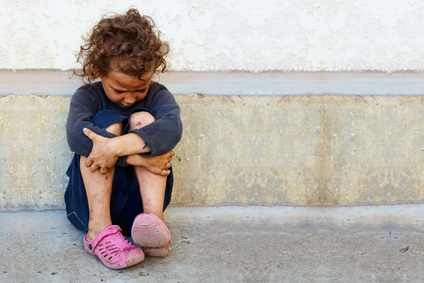OPINION: Poverty however you define it (more on this below) has been a growing issue in New Zealand for some time. And it is one of those issues that is universally agreed should be addressed. The Ardern Government has certainly made it a lead issue and has reinforced this by making Jacinda Ardern the responsible Minister. Some of the policies that have already been implemented on family support – basically the same as the policies that would have been adopted by a National Government – will make a difference, i.e. will reduce child poverty. But for sure the goal of eliminating poverty altogether will remain elusive.
The matter of measuring poverty is relevant and I think is part of the problem. The simple approach is to measure poverty in terms of per capita income – if per capita income is less than a certain percentage of average per capita income then by definition those below the line fall into the poverty group.
However, it is generally recognised that defining poverty purely in terms of income, or even income adjusted for a key factor like variation in housing costs, is far too blunt an instrument. Some very erudite papers have been written on this subject and this has resulted in the definition of particular hardships, e.g. housing conditions, insufficient food etc. that bring children below the poverty line. While this more sophisticated approach is far more realistic it still suffers from the “moving target” syndrome, i.e. the number of children in poverty can be adjusted up and down by adjusting the criteria. And indeed, there will always be a debate – legitimately I think – about where the various lines should be drawn.

The elephant in the room is all of this is that of behaviour and this in turn raises the importance of ethnicity as a factor. The reality is that given identical circumstances of per capita income, the ability of families to manage their income realistically and effectively has a major influence on the incidence of “real” poverty. And there is no doubt that ethnicity plays a role in how resources are managed. The two key groups in this are Maori and Pacifica families. In both cases I think there are quite deep-seated cultural mores which are important to those groups and which have influenced patterns of behaviour. But I think a lack of basic skills is also a factor in many cases.
Interestingly enough this was recognised by the previous Clark government and resulted in a programme called “closing the gaps” which was ethnically based. Personally, I think it was a good programme because it aimed resources at specific target audiences with specific needs or problems. However, it was deeply unpopular for the worst of all possible reasons – those being targeted resented being picked out and those outside the target areas resented being excluded from the programmes. So, it was ditched.
Targeting of resources is still possible of course but the reality is that it needs to be based on factors which are ethnically neutral (at least on the surface) to be acceptable. This inevitably results in “leakage”, i.e. the allocation of some resources where they are not really needed or justified, and reduces the effectiveness of programmes because of limitations on how specific the targets can get. The extreme example of this is if policies are applied on a universal basis, e.g. like National Superannuation.
It is, of course, wrong to see child poverty as just an ethnic problem. Child poverty occurs throughout our society and includes all ethnic groups. But there seems little doubt that poverty is a particular problem with some ethnic groups, and we need to recognise and deal with this if the eradication of child poverty is to ever be a realistic goal.
By Bas Walker
This is another of Bas Walker’s posts on GrownUps. Please look out for his articles, containing his Beachside Ponderings.









Join the Discussion
Type out your comment here:
You must be logged in to post a comment.